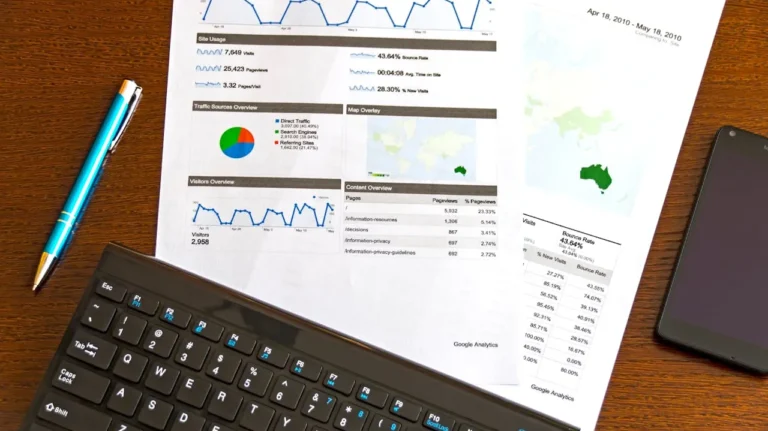
J.D. Power–GlobalData September 2025 Automotive Forecast: EV Incentives Drive Temporary Demand Surge
September 2025 U.S. Auto Market Outlook
The U.S. auto industry is closing out the third quarter of 2025 with steady sales momentum, according to the latest joint forecast from J.D. Power and GlobalData. Despite affordability pressures, inventory shifts, and looming changes to federal EV incentives, demand remains resilient.
For September 2025, total new-vehicle sales—including both retail and fleet transactions—are projected to reach 1,232,200 units, representing a 0.1% year-over-year increase. While this may appear modest at first glance, the comparison gains significance when accounting for selling days. September 2025 has 24 selling days, one more than the same month in 2024. Adjusting for this difference, the industry is effectively posting a 4.5% increase in sales volume.
The seasonally adjusted annualized rate (SAAR) for total sales is expected to hit 16.2 million units, up from 15.9 million units a year ago, signaling that the industry is maintaining a relatively healthy pace despite mounting headwinds.
Retail Sales Hold Steady
On the retail side, new-vehicle sales are projected at 1,031,400 units, a 0.4% gain over September 2024. On a selling-day-adjusted basis, retail sales are up 4.8%, showing that consumer demand is still flowing steadily through dealerships, particularly in segments where incentives or tax credits play a role.
The EV Effect: Incentives Spark Record Demand
According to Thomas King, president of J.D. Power’s data and analytics division, September’s sales strength cannot be assessed without understanding the dynamics of the EV market.
The federal EV tax credit, which expires at the end of September, has accelerated consumer purchases. EVs are expected to account for a record 12.2% of retail sales this month, up 2.6 percentage points from a year earlier. In raw numbers, EV sales volumes are projected to rise 27.5% year over year, even after adjusting for selling days.
Conversely, sales of non-EVs are down 2.5% year over year, highlighting how incentives are temporarily distorting market behavior. King emphasized that this is not a permanent demand shift but rather a short-term surge:
The biggest driver of September’s strong sales pace is temporarily inflated demand for electric vehicles. EV buyers are accelerating purchases before incentives expire, while demand for non-EVs remains muted. The aggregate results look strong, but they need careful interpretation.
Pricing, Affordability, and Financing Trends
While unit sales show stability, affordability remains a pressing issue:
- The average new-vehicle retail transaction price in September is expected to reach $45,795, up $1,310 (2.9%) year over year.
- Incentives per vehicle are on track to average $3,116, essentially flat compared with a year ago, and equal to 6.1% of MSRP.
- Non-EVs are seeing even less support, with incentives just 4.8% of MSRP, down nearly a full percentage point from last year.
Financing costs also weigh on consumers. Average monthly payments are set to reach $756, the highest on record for September, and up $21 year over year. As a result, more consumers are opting for 84-month loan terms, which will make up 11% of finance sales—the second-highest level ever recorded for the month.
King pointed out that manufacturers are protecting margins despite cost pressures:
The decline in incentive spending is notable, but even more so is the restraint on non-EV discounting. Automakers are balancing tariff-related costs while defending profitability, though this limits potential sales growth.
Interest Rates, Used Vehicles, and Trade-Ins
There are some bright spots for consumers:
- Interest rates on new-vehicle loans are averaging 6.51%, down 25 basis points from last year.
- Used-vehicle prices remain elevated, averaging $29,668, up $739 year over year.
- Trade-in equity is also climbing, reaching $8,430 on average, up $534 year over year.
However, not all news is positive. Negative equity continues to creep upward: nearly 26% of buyers trading in vehicles will owe more than their cars are worth, a 1.5 percentage point increase from 2024.
Industry Spending and Profitability
Despite affordability challenges, consumers are on pace to spend nearly $45 billion on new vehicles this month, up 8.5% year over year and the second-highest September total on record.
Retailers are also benefiting:
- Profit per unit, including F&I income, is expected to average $2,240, slightly higher than last September and up $79 from August 2025.
- Total retailer profits from new-vehicle sales should reach $2.2 billion, up 6% year over year.
Outlook for October: EV Sales Cliff Looms
King warned that the September EV surge sets the stage for a sharp decline in October. With the expiration of federal EV tax credits, many of the purchases that would have occurred in Q4 have been pulled forward.
Unless manufacturers step in with aggressive incentives to offset the loss, October EV sales are projected to fall dramatically. Non-EV incentive strategies will also play a key role in shaping Q4 results, though tariff-related costs may constrain automaker flexibility.
Inventory and Market Mix
- Fleet sales are expected at 200,819 units, down 1.5% year over year. Fleets will account for 16.3% of total sales.
- ICE vehicles will still dominate with a 71.7% retail share, though this is down nearly 5 percentage points from last year.
- PHEVs are projected to capture 2.6% of retail sales, while HEVs climb to 12.4%.
- Trucks and SUVs continue their dominance, making up 82.1% of retail sales, up from 80.5% in September 2024.
- Inventory has improved significantly, with 2.21 million units available (a 17.5% increase year over year) and an industry-wide 60-day supply, up from 54 days last September.
Electrification Outlook
Tyson Jominy, senior vice president of data & analytics at J.D. Power, noted that while EVs are on pace to surpass 12% market share for the first time, underlying demand remains tepid.
The absence of a significant end-of-incentive surge underscores consumer hesitation. More than 163,000 EVs remain on dealer lots, including 100,000 from legacy automakers. The question is: what happens to this inventory in Q4?”
Jominy highlighted a silver lining: EVs from franchised automakers show 55% nameplate loyalty, outperforming the industry average by six points. This suggests that while broad demand is soft, brand equity still matters to EV buyers.
Hybrids continue to show steady growth, with 13.8% retail share, up more than two percentage points year over year. Plug-in hybrids remain relatively stable at 2.6%, slightly below their peak.
Global Market Perspective
On the global stage, David Oakley, manager of Americas vehicle sales forecasts at GlobalData, reported that worldwide light-vehicle sales remain on track for growth.







